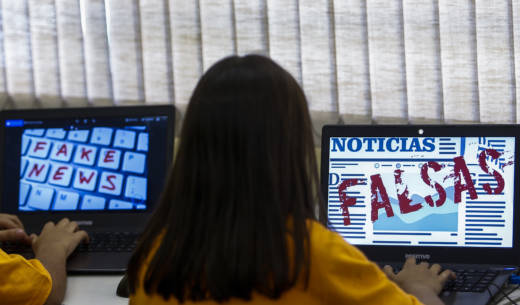The fight to curb the proliferation of fake news has been an uphill battle.
But UC Riverside researchers have developed an algorithm that they say works with 75 percent accuracy to root out misinformation. Ultimately, the tool may one day be incorporated into user newsfeeds to filter out fake news reports.
Their efforts recently received a funding boost from Snapchat, allowing researchers to continue improving the algorithm’s accuracy.
The university’s Multi-Aspect Data Lab, which is working on the project, acquired a $7,000 donation from the research wing of Snap Inc.
Researchers say the automated algorithm will be used to screen articles for trustworthiness with as little human input as possible. From Digital Trends:
What makes UC Riverside’s research different to the dozens, maybe even hundreds, of other research projects trying to break the fake news cycle is the ambition of the project. It’s not a simple keyword blocker, nor does it aim to put a blanket ban on certain URLS. Nor, perhaps most interestingly, is it particularly interested in the facts contained in stories. This makes it distinct from fact-checking websites like Snopes, which rely on human input.
So how does it work? The algorithm first analyzes an articles’ structure to look for certain patterns that indicate a story may be fake, according to computer scientist Vagelis E. Papalexakis, who directs the lab.
